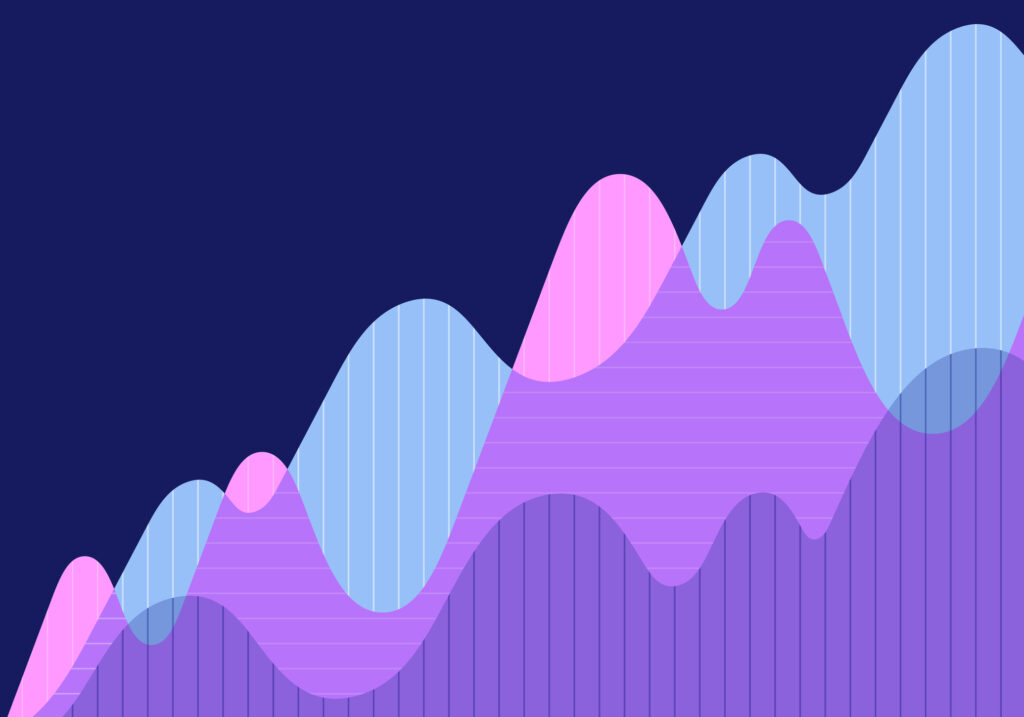
Grades 9-12

Don't have an account yet? Sign up for free
Don't have an account yet? Sign up for free

Have you ever thought of how much it might cost you to finance the purchase of a home? The home’s purchase price is likely to be many times the yearly income of the typical household. If families waited until they had accumulated enough savings to use cash to pay for a home, they would be denied the benefits of homeownership for many years. Instead, most families go to a mortgage banker or some other lending institution to obtain the necessary credit to purchase their home. A mortgage loan is a credit instrument used by homebuyers to finance the purchase of a home. Interest payments made on the mortgage loan represent the cost of acquiring this credit. For most homebuyers, the largest cost of buying a home is the monthly interest paid on the mortgage loan.
 Have you ever thought of how much it might cost you to finance the purchase of a home? The home’s purchase price is likely to be many times the yearly income of the typical household. If families waited until they had accumulated enough savings to use cash to pay for a home, they would be denied the benefits of homeownership for many years. Instead, most families go to a mortgage banker or some other lending institution to obtain the necessary credit to purchase their home. A mortgage loan is a credit instrument used by homebuyers to finance the purchase of a home. Interest payments made on the mortgage loan represent the cost of acquiring this credit. For most homebuyers, the largest cost of buying a home is the monthly interest paid on the mortgage loan.
Have you ever thought of how much it might cost you to finance the purchase of a home? The home’s purchase price is likely to be many times the yearly income of the typical household. If families waited until they had accumulated enough savings to use cash to pay for a home, they would be denied the benefits of homeownership for many years. Instead, most families go to a mortgage banker or some other lending institution to obtain the necessary credit to purchase their home. A mortgage loan is a credit instrument used by homebuyers to finance the purchase of a home. Interest payments made on the mortgage loan represent the cost of acquiring this credit. For most homebuyers, the largest cost of buying a home is the monthly interest paid on the mortgage loan.
A traditional mortgage loan is one in which a fraction (perhaps 20 percent) of a home’s selling price is used as a down payment when the home is purchased. The remainder of the purchase price is financed. For many households, the financing decision is extremely important. The purchase of a home may be the greatest investment that a family ever makes. A traditional arrangement between the lender and borrower is for the mortgage loan to be paid off in equal monthly installments over a 30-year period. These monthly installments include interest payments as well as a payment on the principal value of the loan. As an illustration, go to the EconEdLink Mortgage Calculator
(NOTE: The principal value of the loan is $100,000; the appraised value of the home is $125,000; it is a monthly loan for 30 years; yearly property taxes equal $2000; the annual cost of homeowner’s insurance is $600; and the assumed interest rate is 7 percent.)
Click on the arrow to see the results.
Monthly mortgage payments are very sensitive to changes in interest rates. A 1 percent increase or decrease in interest rates can dramatically alter the monthly payment and significantly affect the total interest paid over the life of a mortgage loan. The current rate for a 30-year conventional fixed-rate mortgage loan is about 7 percent. (NOTE: you may wish to note that the mortgage market has evolved significantly over the past 15 years. For example, mortgage loans are now offered at fixed and adjustable rates over terms typically ranging from 10 to 30 years. Many mortgage loan servicers also offer monthly and bi-monthly payment options.) But in the early 1980s (perhaps a time when your parents were thinking about purchasing their first home), interest rates were much higher. This EconomicsMinute looks back to a time (not so long ago) when mortgage interest rates were 16 percent. It is a period that home builders, mortgage bankers, real estate agents, and prospective home buyers will never forget.
16 Percent Mortgage Interest Rates:
U.S. economic performance in the 1970s was marked by rising unemployment, declining productivity, stagnant output and income growth, and accelerating inflation. A common measure of annual inflation is the percentage change in the Consumer Price Index (CPI). The CPI grew by 98 percent during the decade of the 1970s. By contrast, the CPI increased by a mere 26 percent in the 1960s. For 1979 alone, the price level increased by 11.3 percent. See “https://www.minneapolisfed.org/community/financial-and-economic-education/cpi-calculator-information/consumer-price-index-and-inflation-rates-1913 “.
U.S. economic policymakers agreed that this inflationary trend could not be allowed to continue. Indeed, inflation had been declared public enemy number one. But what could be done? By the end of the 1970s, people had come to expect double-digit inflation rates. To reduce inflation, policymakers would need to reshape this inflationary psychology.
President Jimmy Carter appointed Paul Volcker to serve as Chairman of the Federal Reserve Board in August 1979. Volcker was highly respected by central bankers and economic policymakers around the world. The new chairman understood that the only way to tame inflation was for the Federal Reserve (Fed) to adopt new monetary procedures that tightened up on the growth of money and credit. Volcker also knew that there is a close historical relationship between inflation and interest rates. To reduce interest rates, the Fed would have to reduce inflation. Look at two graphs on “Inflation Expectations ” and “https://www.clevelandfed.org/our-research/indicators-and-data/inflation-expectations.aspx .”
In these graphs you can see a representation of the close historical relationship between inflation and interest rates. Note that the growth of the GDP implicit price deflator is another commonly used measure of inflation.
However, because credit would no longer be as plentiful as it had been in the recent past, interest rates would necessarily increase in the short run. The economy would have to get worse before it got better!
 At a special meeting of Fed policymakers on October 6, 1979, new policy procedures were approved. For the next three years, the Fed battled inflation and inflationary expectations. During this time, the U.S. experienced its worst recession since the Great Depression of the 1930s. The national unemployment rate reached 10.8 percent in December 1982 (by comparison, the April 1999 unemployment rate is 4.3 percent). Sectors of the economy (especially housing) that are highly sensitive to interest rate movements were particularly harmed by rising interest rates(the prime lending rate in October 1981 was 18.45 percent; it is currently 7.75 percent). But the battle against inflation was ultimately won. The CPI increased by only 3.2 percent in 1983. Indeed, over the 1983 – 1998 period, the annual increase in the CPI has exceeded 5 percent in only one year (5.4 percent in 1990). Compare this to the 1970s, when inflation was below 5 percent in only two years.
At a special meeting of Fed policymakers on October 6, 1979, new policy procedures were approved. For the next three years, the Fed battled inflation and inflationary expectations. During this time, the U.S. experienced its worst recession since the Great Depression of the 1930s. The national unemployment rate reached 10.8 percent in December 1982 (by comparison, the April 1999 unemployment rate is 4.3 percent). Sectors of the economy (especially housing) that are highly sensitive to interest rate movements were particularly harmed by rising interest rates(the prime lending rate in October 1981 was 18.45 percent; it is currently 7.75 percent). But the battle against inflation was ultimately won. The CPI increased by only 3.2 percent in 1983. Indeed, over the 1983 – 1998 period, the annual increase in the CPI has exceeded 5 percent in only one year (5.4 percent in 1990). Compare this to the 1970s, when inflation was below 5 percent in only two years.
The home building industry was crippled by the tight monetary policy. As a form of protest, contractors placed postage stamps on bricks and two-by-fours and mailed them to Fed officials. Keys representing unbuilt houses were also mailed to the Fed. The home builders’ association in Kentucky printed up “wanted” (“for premeditated and calculated cold-blooded murder of millions of small businesses”) posters with the photos of the seven Federal Reserve Board governors (see the discussion on p. 461 of William Greider, Secrets of the Temple [New York: Simon and Schuster, 1987]). But Volcker and the Fed stood firm in their resolve to disinflate. Go to this PBS article for an interesting interview of Paul Volcker .
What was the extent of the damage to the housing industry? See “https://www.macrotrends.net/1314/housing-starts-historical-chart .”
How do we explain the poor performance of the housing industry in 1980-82? While there are a number of explanations for the collapse of the housing industry during this period (including depressed incomes, lack of access to financial capital, high housing prices, etc.), most observers agree that high mortgage interest rates were the chief culprit. See “Mortgage Interest Rates” at the https://www.nahb.org/default.aspx .
Using the same information that was used earlier in the “How much will my home payments be?” exercise (i.e., a $100,000 loan, $125,000 appraised value, etc.), write down your guess for what the total monthly payment on the home is when the mortgage interest rate is 16 percent. Recall that we assumed a mortgage interest rate of 7 percent in the previous calculation.
Return to How much will my home payments be? and change the interest rate from 7 percent to 16 percent. Click on the arrow to see the results.
Forgiving the Fed:
It would be easy to understand why home builders and mortgage bankers would have negative feelings toward the Federal Reserve. After all, the Fed was directly responsible for the monetary policy that led to the collapse of the housing industry in the early 1980s. Yet Lyle Gramley, Fed governor from 1980 to 1985, became the chief economist and senior staff vice-president of the Mortgage Bankers Association of America in 1985; and Paul Volcker appears to have been forgiven by home builders. In a remarkable turn of events, Volcker was recently named one of the 20th century’s 100 most influential people in the home building industry.
Amazing! Instead of being considered a pariah, Volcker is now celebrated as a hero!
Have students interview parents, aunts, uncles, and/or grandparents about their experience purchasing their first home. Students are likely to discover people with a wide range of experiences as first-time homeowners. Grandparents may have had a mortgage for as low as 5 percent, while parents, aunts, and uncles may have started with a mortgage interest rate as high as 15 percent and may have refinanced their mortgage loan on several occasions. Ask students to record these interviews and submit a written report.

Grades 9-12

Grades 6-8, 9-12

Grades 9-12

Content Partner
Grades 3-5
